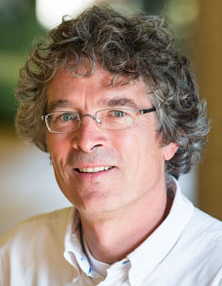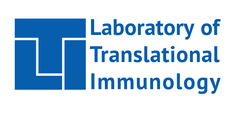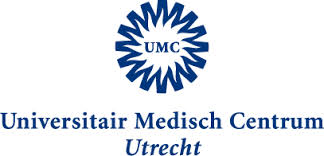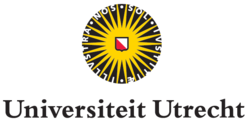
Utrecht Center for Quantitative Immunology

|
Rob J. de BoerTheoretical Biology and BioinformaticsFaculty of Sciences Utrecht University |
There is a strong focus on estimating the expected life span and interdivision times of various populations of T cells in the immune system to better understand their population dynamics. This requires the development of appropriate mathematical models for rigorous interpretation of data delivered by the various types of labeling techniques used by immunologists (BrdU, deuterium, and CFSE), and provides new insights into the formation of acute immune responses, and the maintenance of long-lived immune memory by short-lived cells.
A second focus is on the modeling and analysis of in vivo multi-photon microscopy data. The visualization of the dynamic behavior of and interactions between immune cells using time-lapse video microscopy has an important role in modern immunology. To draw robust conclusions, quantification of such cell migration is required. We analyze videos of individual cells migrating through tissues and interacting with other cell types, to quantify the migratory properties of the cells, their search times, and their conjugation times with others. We make 3-dimensional models of cells migrating through tissues to test whether our estimated migratory properties deliver the observed behavior, and to test our analysis tools on in silica data.
A recent development is the development of a bioinformatic pipeline to analyze deep sequencing data from T cell repertoires (with Arno Andeweg, Rotterdam), and the analysis of cellular barcode data to quantify the heterogeneity in primary and secondary immune responses (with Ton Schumacher, Amsterdam). Finally, agent based models are used for studying evolutionary questions in silico, and for two-level immuno-epidemiological models combining within-host immunity with massive between-host heterogeneity due to MHC polymorphisms.
Five key publications
- Quantifying T lymphocyte turnover. De Boer RJ, Perelson AS. J Theor Biol. 2013 Jun 21;327:45-87. doi: 10.1016/j.jtbi.2012.12.025.
- Diverse and heritable lineage imprinting of early haematopoietic progenitors. Naik SH, Perie L, Swart E, Gerlach C, van Rooij N, de Boer RJ, Schumacher TN. Nature. 2013 Apr 11;496(7444):229-32. doi: 10.1038/nature12013.
- Heterogeneous differentiation patterns of individual CD8+ T cells. Gerlach C, Rohr JC, Perie L, van Rooij N, van Heijst JW, Velds A, Urbanus J, Naik SH, Jacobs H, Beltman JB, de Boer RJ, Schumacher TN. Science. 2013 May 3;340(6132):635-9. doi: 10.1126/science.1235487.
- Closing the gap between T-cell life span estimates from stable isotope-labeling studies in mice and humans. Westera L, Drylewicz J, den Braber I, Mugwagwa T, van der Maas I, Kwast L, Volman T, van de Weg-Schrijver EH, Bartha I, Spierenburg G, Gaiser K, Ackermans MT, Asquith B, de Boer RJ, Tesselaar K, Borghans JA. Blood. 2013 Sep 26;122(13):2205-12. doi: 10.1182/blood-2013-03-488411.
- Maintenance of peripheral naive T cells is sustained by thymus output in mice but not humans. Den Braber I, Mugwagwa T, Vrisekoop N, Westera L, Mogling R, de Boer AB, Willems N, Schrijver EH, Spierenburg G, Gaiser K, Mul E, Otto SA, Ruiter AF, Ackermans MT, Miedema F, Borghans JA, de Boer RJ, Tesselaar K. Immunity. 2012 Feb 24;36(2):288-97. doi: 10.1016/j.immuni.2012.02.006.
Members
Jose BorghansRob de Boer
Julia Drylewicz
Can Kesmir
Aridaman Pandit
Leila Perie
Kiki Tesselaar
Johannes Textor
Nienke Vrisekoop
Research
Epitope identificationLymphocyte dynamics
Lymphocyte migration
Relevance
More
UCQI homePhD students
Open positions/projects
Agenda
Publications (pubmed)


